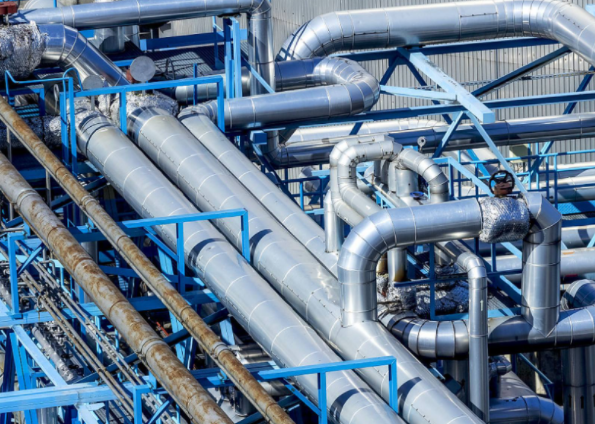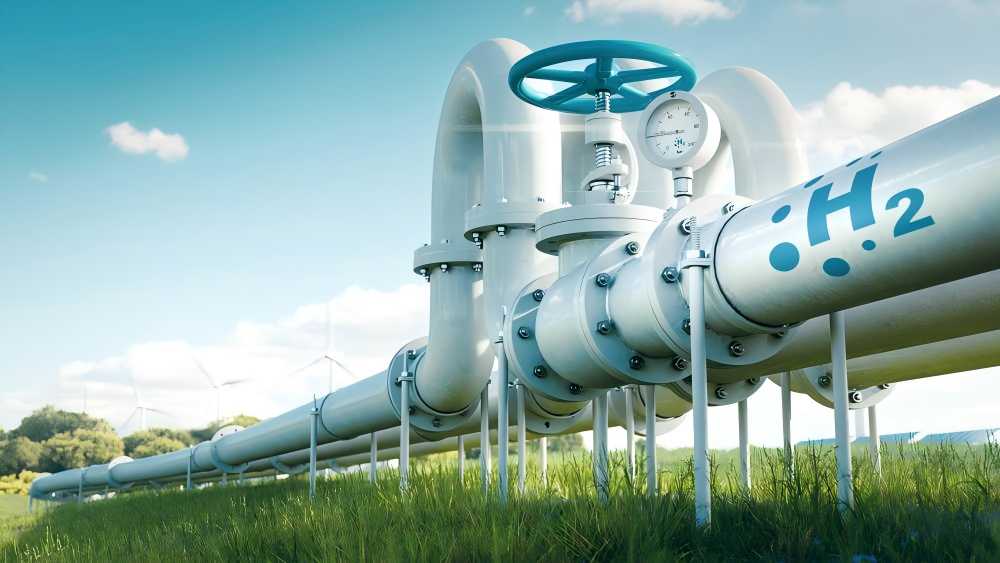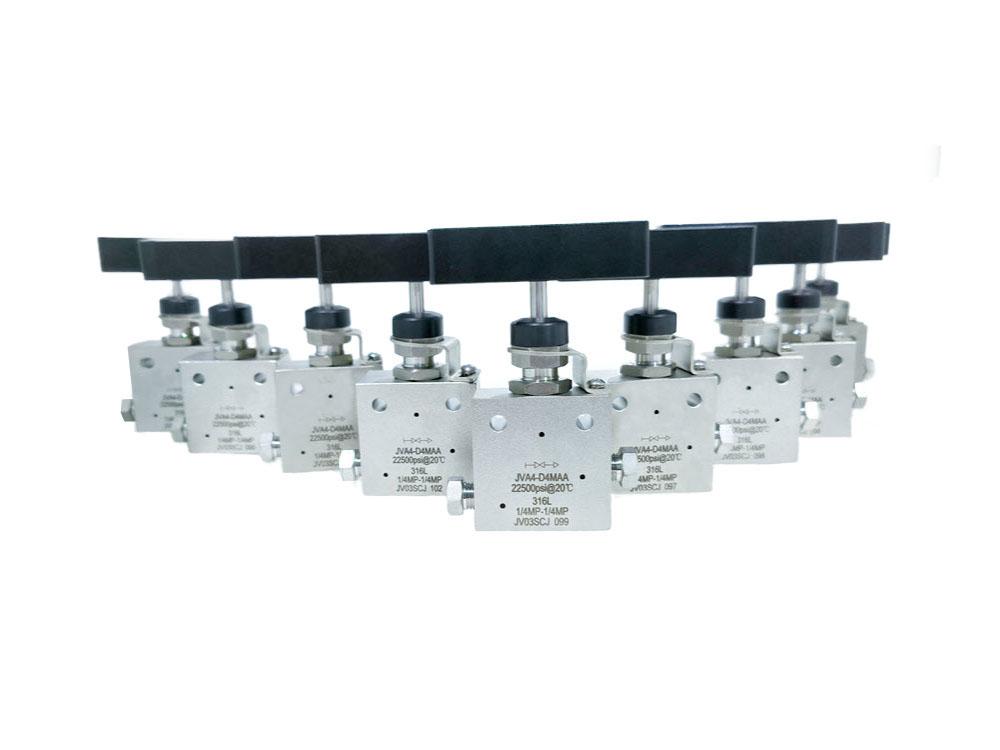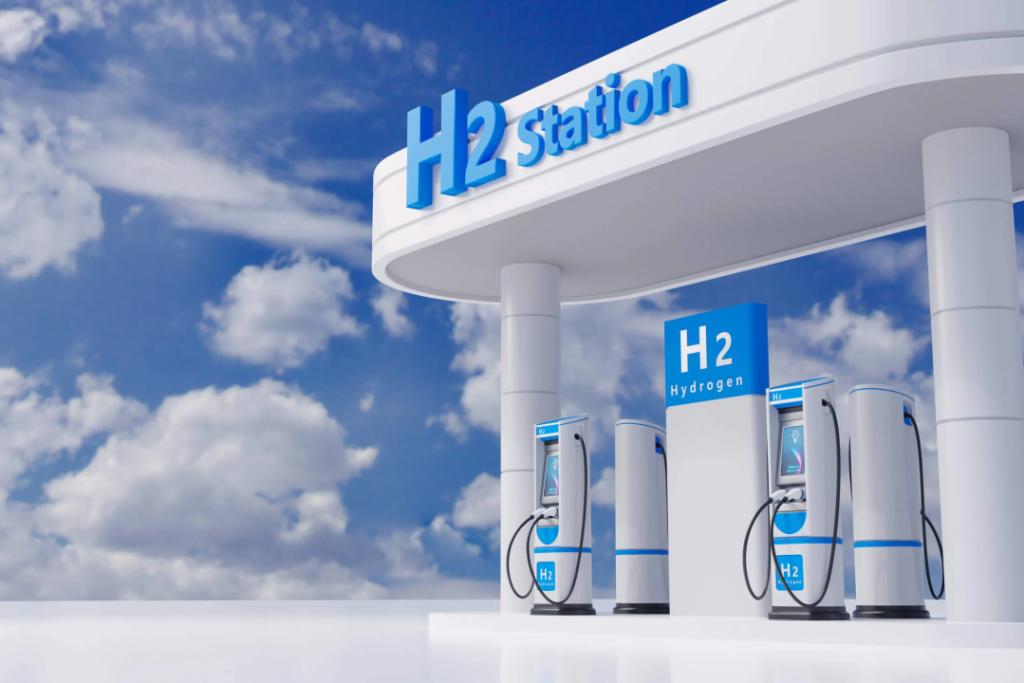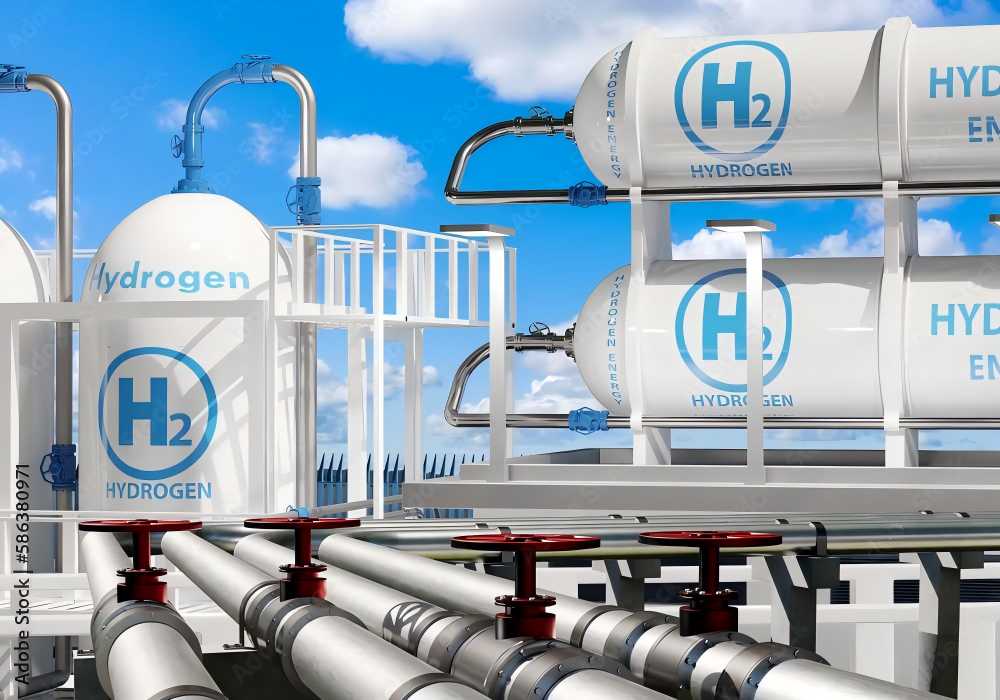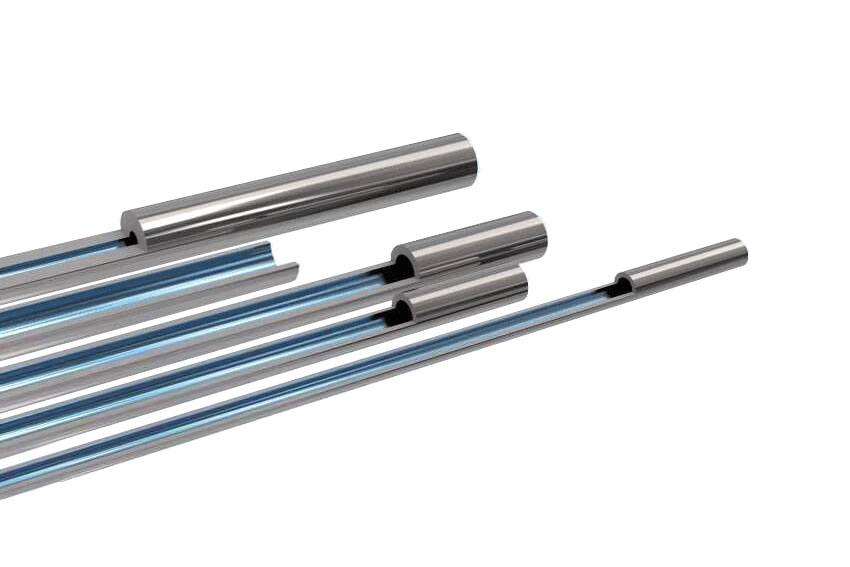High-Pressure Hydrogen Shut-Off Valves: A Comprehensive Overview
High-pressure hydrogen shut-off valves are specialized components designed to control the flow of hydrogen gas within high-pressure systems. Its primary function is to automatically open when system pressure surpasses safe limits, releasing a portion of the hydrogen to reduce pressure and maintain system integrity. In normal operating conditions, the valve remains closed to prevent hydrogen leakage.
Hydrogen, as a gas, possesses unique properties that demand specialized valve designs. Unlike other gases, hydrogen is highly flammable, has a low density, and can cause embrittlement in certain metals. Therefore, high-pressure hydrogen valves, including high-pressure needle valves and hydrogen shut-off valves, require rigorous engineering and material selection to ensure safe and reliable operation.
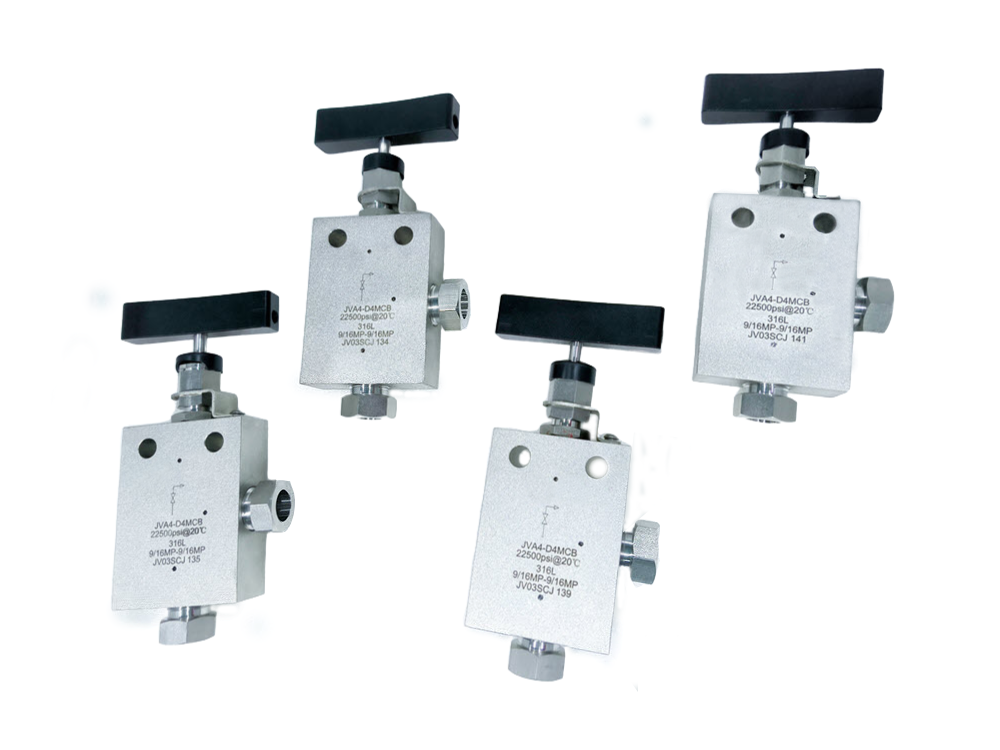
Working Principle of a High-Pressure Hydrogen Shut-Off Valve
The hydrogen shut-off valve is a specialized valve designed to control the flow of hydrogen in high-pressure systems. Its primary function is to automatically release hydrogen when the system pressure exceeds safe levels, thereby preventing potential hazards. In normal operation, the valve remains closed to prevent hydrogen leakage. The valve typically relies on mechanical components and internal settings to manage its open and close states. When the hydrogen pressure surpasses a preset threshold, the valve opens to release some gas, reducing the pressure to a safe level. This process involves internal components such as springs, diaphragms, or other mechanical devices that sense pressure fluctuations and adjust the valve’s aperture accordingly.
Designing a high-pressure hydrogen shut-off valve requires careful consideration of materials, structure, and sealing performance to ensure reliable operation under extreme temperature and pressure conditions. Additionally, the design must account for ease of maintenance and quick response to pressure changes.
Considers for High-Pressure Hydrogen Shut-Off Valves Material Selection
The choice of materials for high-pressure hydrogen shut-off valves is subject to stringent requirements to ensure safe and reliable operation in high-pressure hydrogen environments. Key considerations include:
- Corrosion resistance: Hydrogen exhibits strong reducing properties, capable of penetrating metal materials and accumulating internally, degrading material performance. Therefore, valve materials must demonstrate excellent corrosion resistance to counteract hydrogen penetration and internal accumulation.
- Hydrogen embrittlement resistance: Hydrogen embrittlement refers to the accumulation of hydrogen within a metal, altering its microstructure and leading to embrittlement and fracture. Valve materials should be selected from hydrogen-resistant alloys, such as those containing nickel and molybdenum.
- High-temperature strength and stability: Material mechanical properties can change under high temperatures. Thus, materials with high-temperature strength and stability are essential to maintain valve structural integrity in extreme conditions.
- Sealing performance: Effective sealing is crucial to prevent hydrogen leakage. Valve materials must exhibit excellent sealing properties under high pressure and low-temperature conditions.
- Compatibility: Materials must be compatible with other system components to prevent chemical reactions or physical incompatibilities that could impair performance or cause failures.
- Processability and weldability: Materials should be easily processed and welded to facilitate valve manufacturing and maintenance.
- Cost-effectiveness: While meeting technical requirements, material selection should also consider economic factors to minimize overall costs.
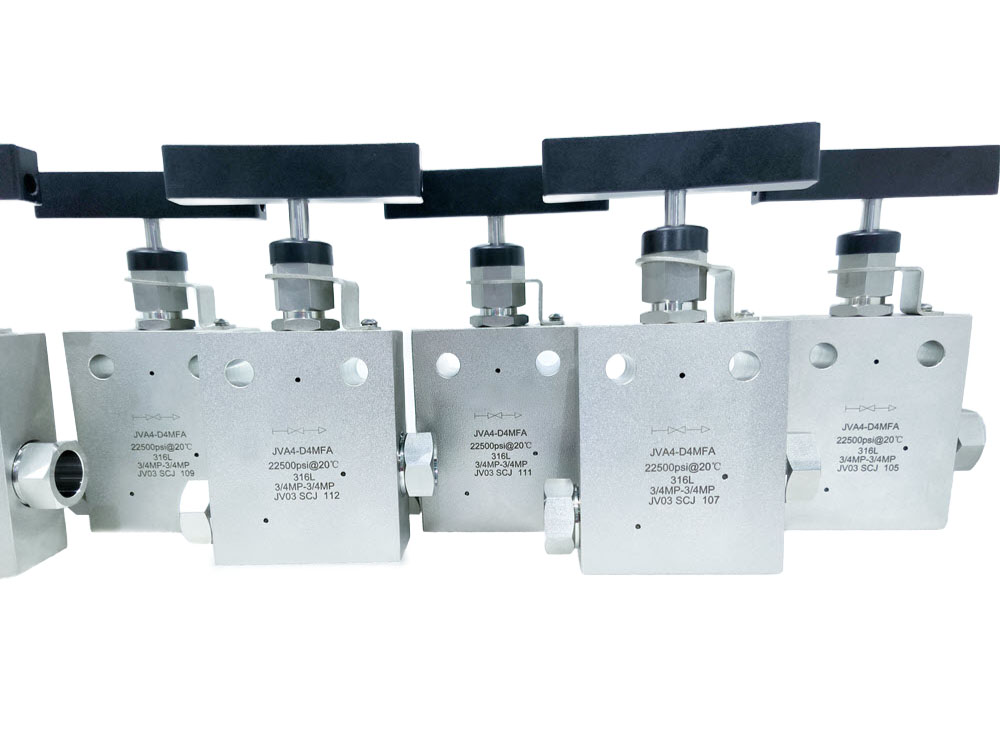
Common Materials for High-Pressure Hydrogen Shut-Off Valves
Several materials are commonly used in high-pressure hydrogen shut-off valves, each chosen for its specific properties:
- Stainless Steel: Stainless steel, such as 316 stainless steel, offers excellent corrosion resistance and is suitable for various chemical media, including high-pressure hydrogen. The presence of nickel and molybdenum enhances their resistance to corrosion and high-temperature strength.
- Special Alloy Steels: High-pressure hydrogen shut-off valves may use special alloy steels like A217-WC9, which can withstand temperatures up to 593°C and high-pressure hydrogen environments.
- Austenitic Stainless Steel: Austenitic stainless steels, such as A351-CF8C, contain stabilizing elements like niobium, providing better resistance to intergranular corrosion and high-temperature strength, making them suitable for hydrogen applications up to 649°C.
- Carbon Steel: For non-extreme conditions, carbon steels like A216-WCC are used. These materials are suitable for temperatures ranging from -30°C to 425°C in non-corrosive media.
- Duplex Steel: In environments containing hydrogen sulfide (H2S), duplex steels like Ferralium255 are viable options, especially in applications like desulfurization towers.
How to Improve Hydrogen Embrittlement Resistance in High-Pressure Hydrogen Shut-Off Valves?
Improving the hydrogen embrittlement resistance of high-pressure hydrogen shut-off valves is crucial for ensuring safe and reliable operation in high-pressure hydrogen environments. Several strategies can be employed:
- Material selection: Choosing materials with inherent hydrogen resistance, corrosion resistance, high-temperature strength, and stability, such as stainless steel and alloy steel, can mitigate the impact of hydrogen embrittlement on service life.
- Material surface treatment: Heat treatment and surface hardening processes can enhance material resistance to compression and erosion. For example, vacuum heat treatment can purify material surfaces, improving overall quality and performance.
- Structural design optimization: Optimizing valve structural design to reduce stress concentration and improve stress distribution can enhance hydrogen embrittlement resistance. Finite element analysis can assess component strength and stiffness, ensuring design soundness.
- Material compatibility evaluation: Considering the impact of hydrogen embrittlement on service life is essential during material selection to ensure material-hydrogen compatibility.
- Testing and validation: Hydrogen permeation and diffusion tests can evaluate a valve’s hydrogen barrier performance, while hydrogen-induced cracking tests verify material and design hydrogen embrittlement resistance.
By implementing these strategies, the hydrogen embrittlement resistance of high-pressure hydrogen shut-off valves can be significantly improved, ensuring safe and reliable operation in high-pressure hydrogen environments.
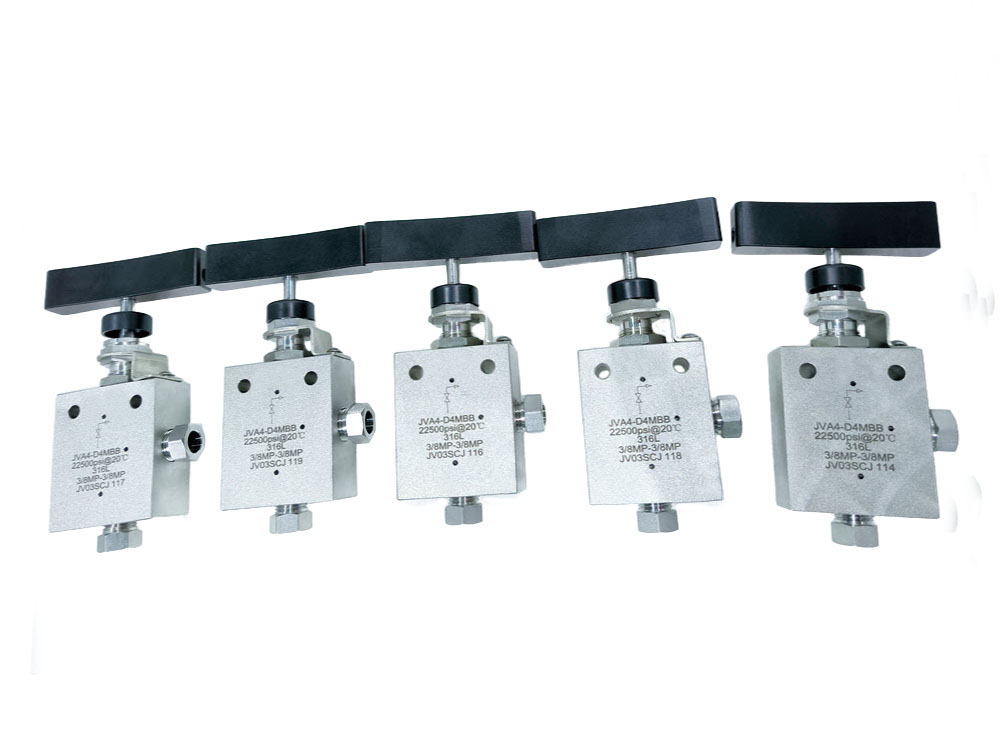
How to Select the Right High-Pressure Hydrogen Shut-Off Valve for Different Applications?
Choosing the appropriate high-pressure hydrogen shut-off valve requires considering several critical factors based on the specific application:
- System requirements: Clearly define the gas type (hydrogen), pressure range, and flow requirements to select a valve that meets system needs. For instance, high-pressure or ultra-high-pressure hydrogen storage and transportation systems necessitate valves capable of withstanding corresponding pressures.
- Material and sealing performance: Select materials with corrosion resistance, high-temperature resistance, and optimal sealing properties to extend service life and prevent hydrogen leakage. Stainless steel, titanium alloys, and other corrosion-resistant, high-pressure materials are suitable options. Proper seal design and material selection are essential for preventing hydrogen leakage and ensuring system safety.
- Regulation and control capabilities: Some systems may require adjustable gas flow and pressure, necessitating valves with adjustable features.
- Maintenance and servicing: Consider valve ease of maintenance and servicing to minimize maintenance challenges and costs.
- Environmental and operating conditions: Evaluate the valve’s operating environment, including temperature, pressure, and corrosive media, to select a valve that can withstand these conditions.
- Safety standards and certifications: Ensure the selected valve complies with relevant safety standards and certifications to guarantee system compliance and safety.
- Supplier technical support and services: Choose a supplier offering reliable technical support and services to assist with system design, installation, and operation.
By comprehensively considering these factors, the appropriate high-pressure hydrogen shut-off valve can be selected for specific applications, ensuring efficient system operation and safety.
Installation and Maintenance of High-Pressure Hydrogen Shut-Off Valves
Proper installation of high-pressure hydrogen valves is critical for their effective operation and safety. Key considerations include:
- Preparation and Installation: Before installing the valve, ensure that the system’s initial conditions are suitable. For example, the regulator knob on a high-pressure hydrogen shut-off valve should be loosened before opening the gas supply to prevent damage from initial pressure surges. Gradually opening the gas supply valve and checking for leaks with soap water or specialized instruments ensures a secure installation.
- Safety Measures: Leak testing is essential to ensure that all connections are secure and there are no hydrogen leaks. Using appropriate testing methods and instruments helps detect leaks and ensure the system’s safety.
- Regular Maintenance: Regular maintenance is necessary to ensure the valve’s performance and longevity. Scheduled maintenance helps identify and address potential issues early, preventing failures and ensuring the system’s reliability.
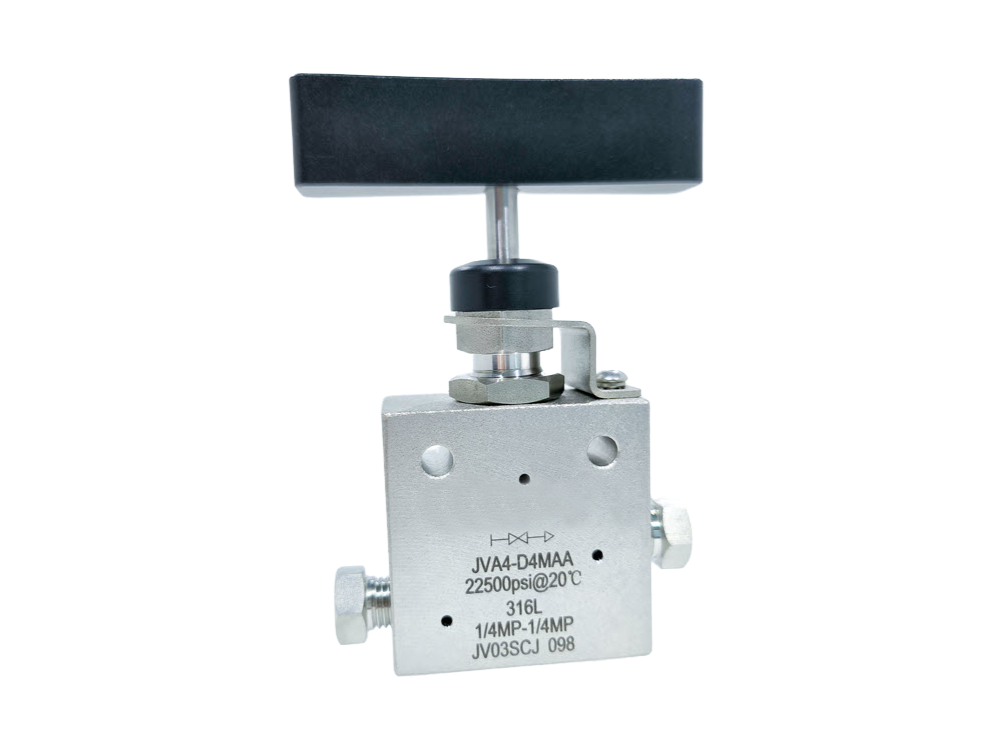
Conclusion
High-pressure hydrogen shut-off valves are critical components in hydrogen systems, safeguarding equipment and personnel from overpressure hazards. Material selection, design optimization, and proper installation are essential for ensuring valve reliability and longevity. Regular maintenance is crucial for preserving valve performance and preventing unexpected failures. As hydrogen technologies advance, the development of innovative materials and designs will continue to enhance the performance and safety of high-pressure hydrogen shut-off valves.

